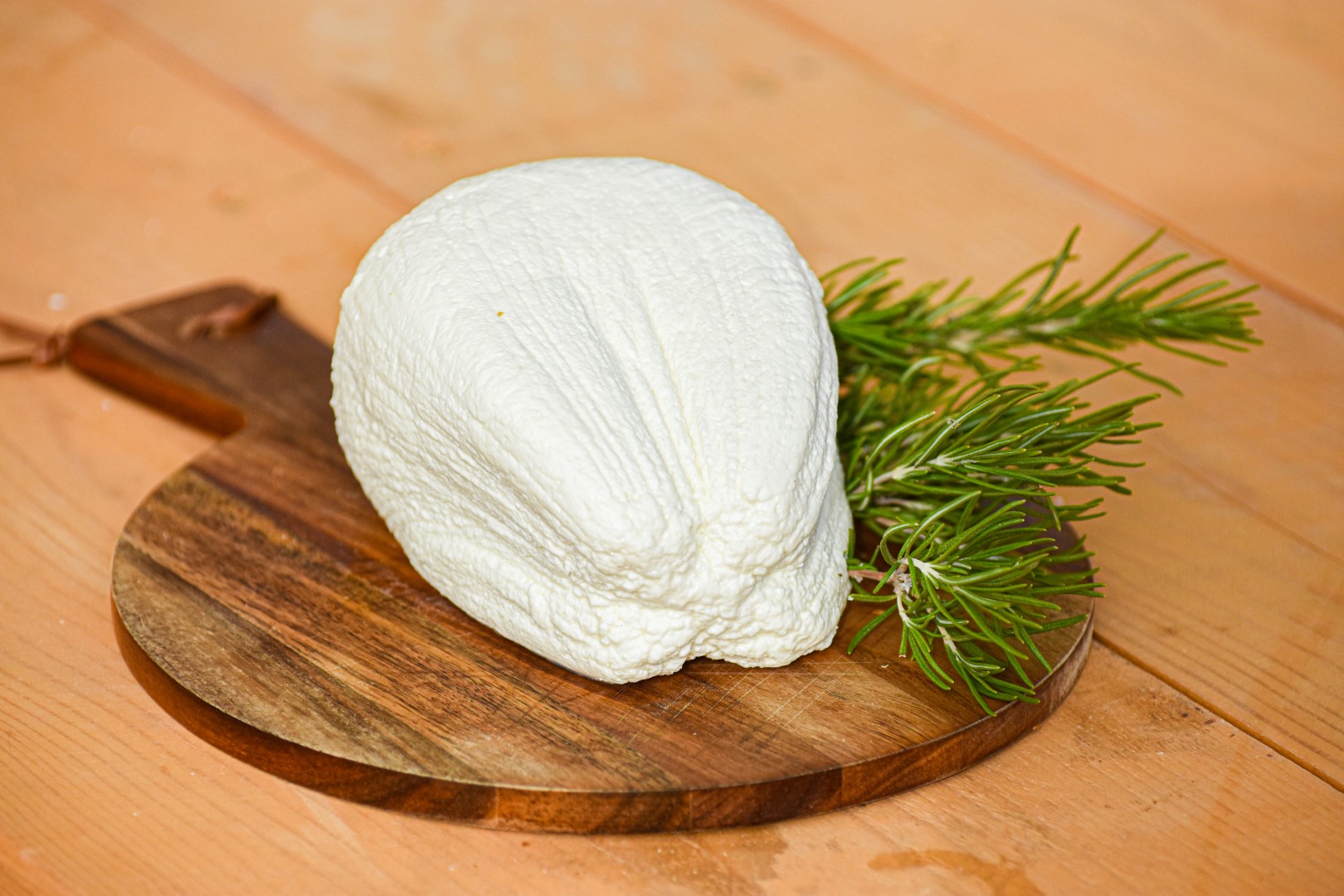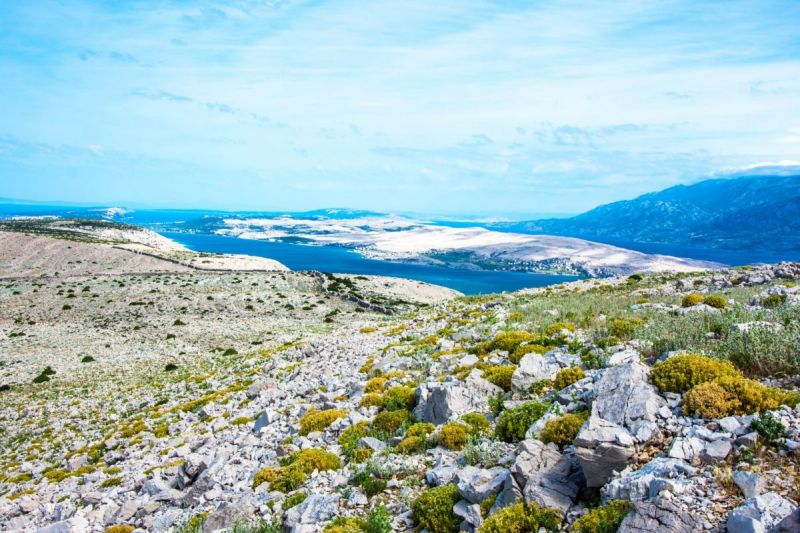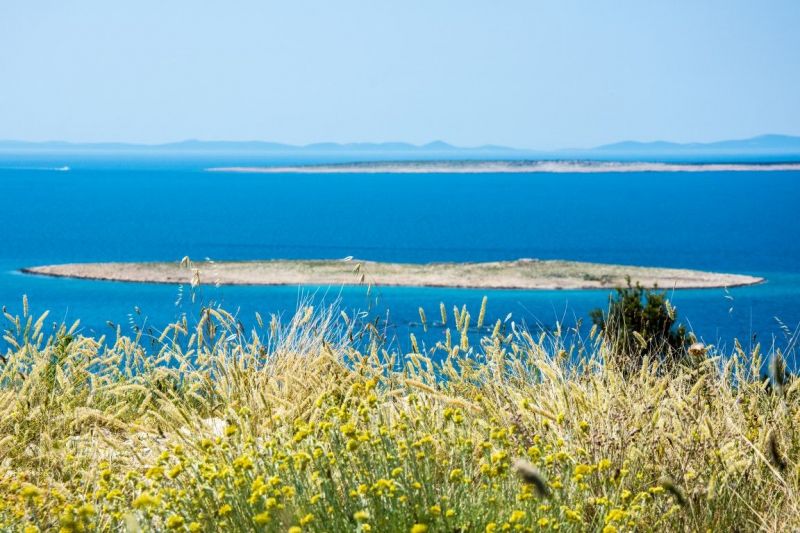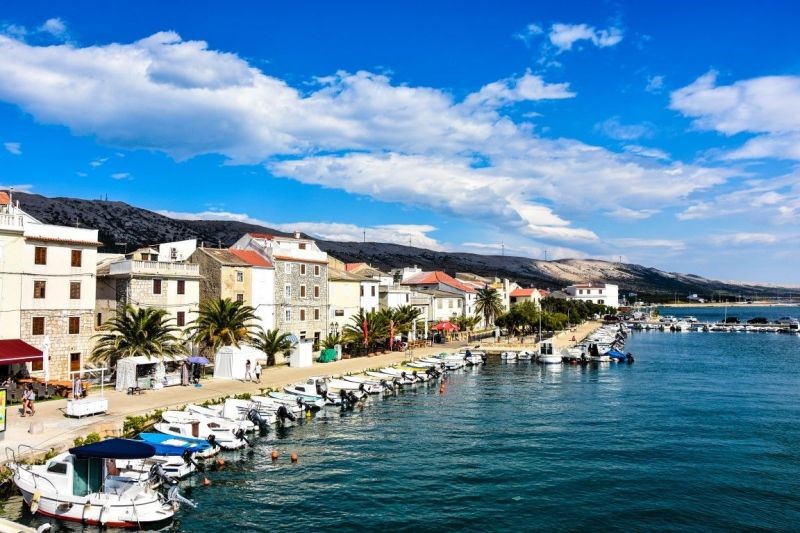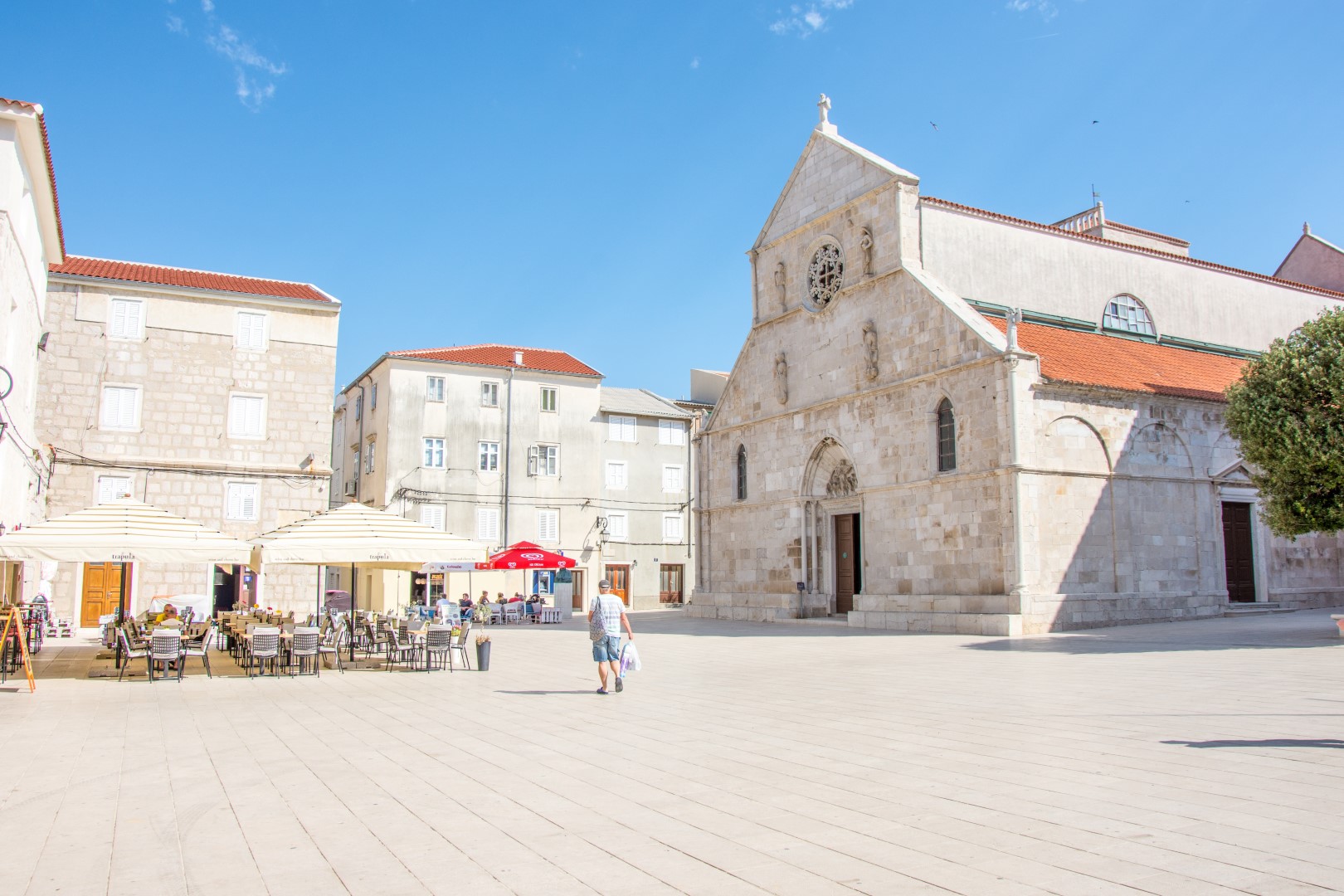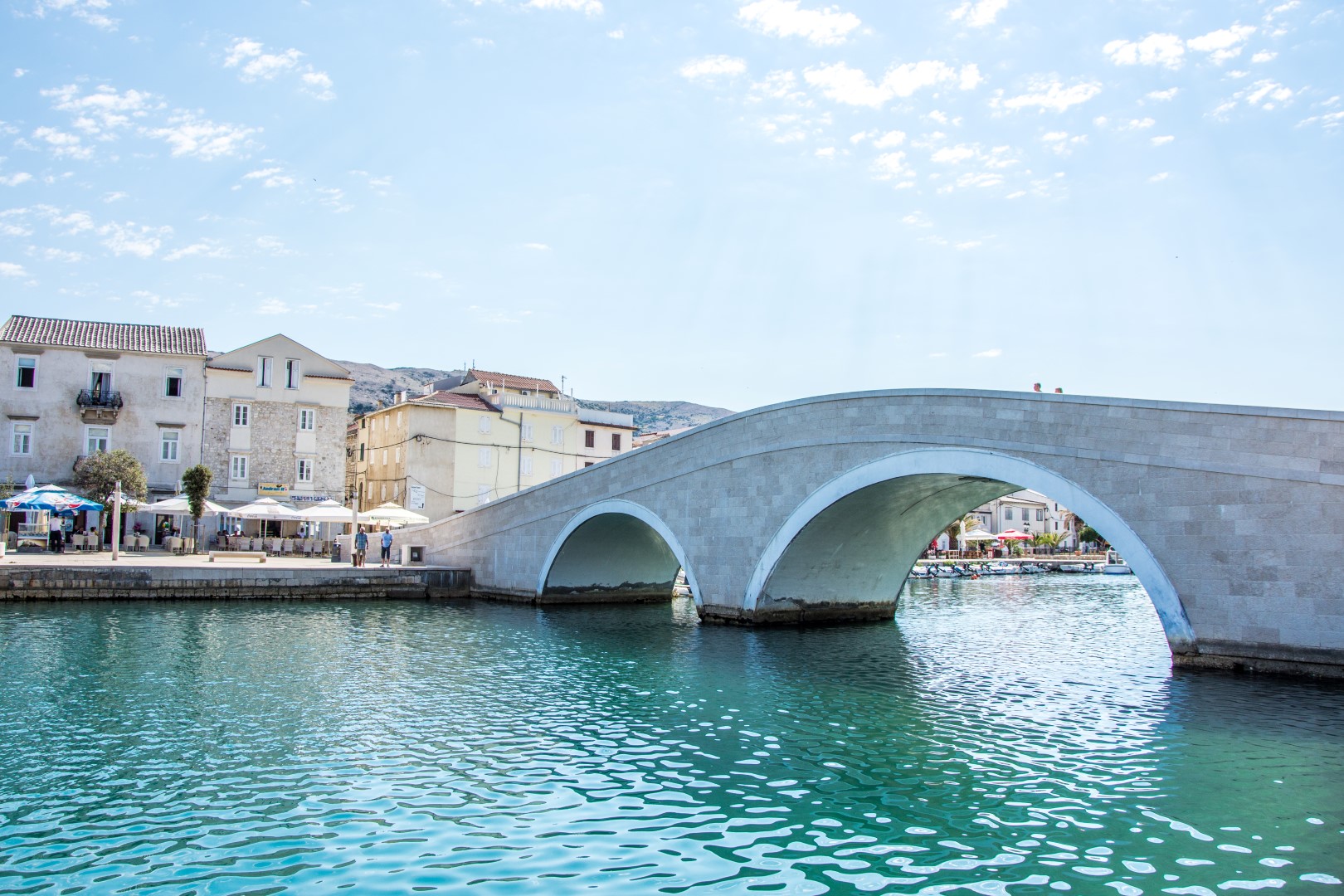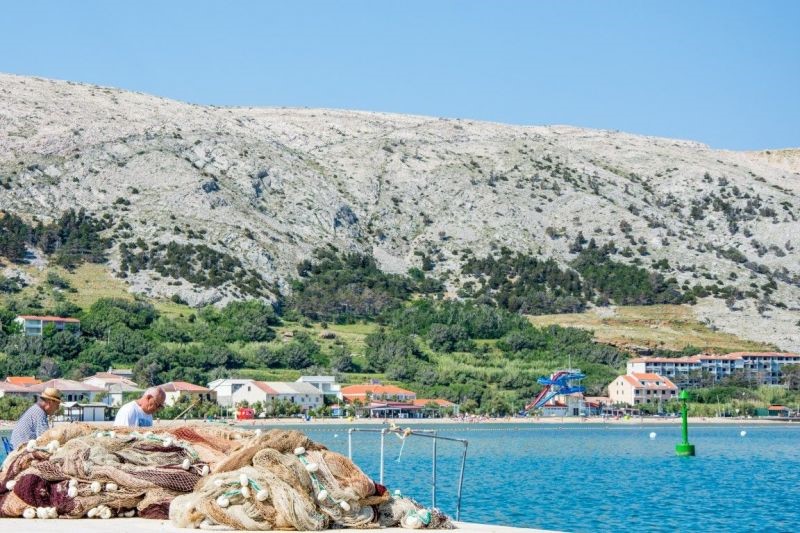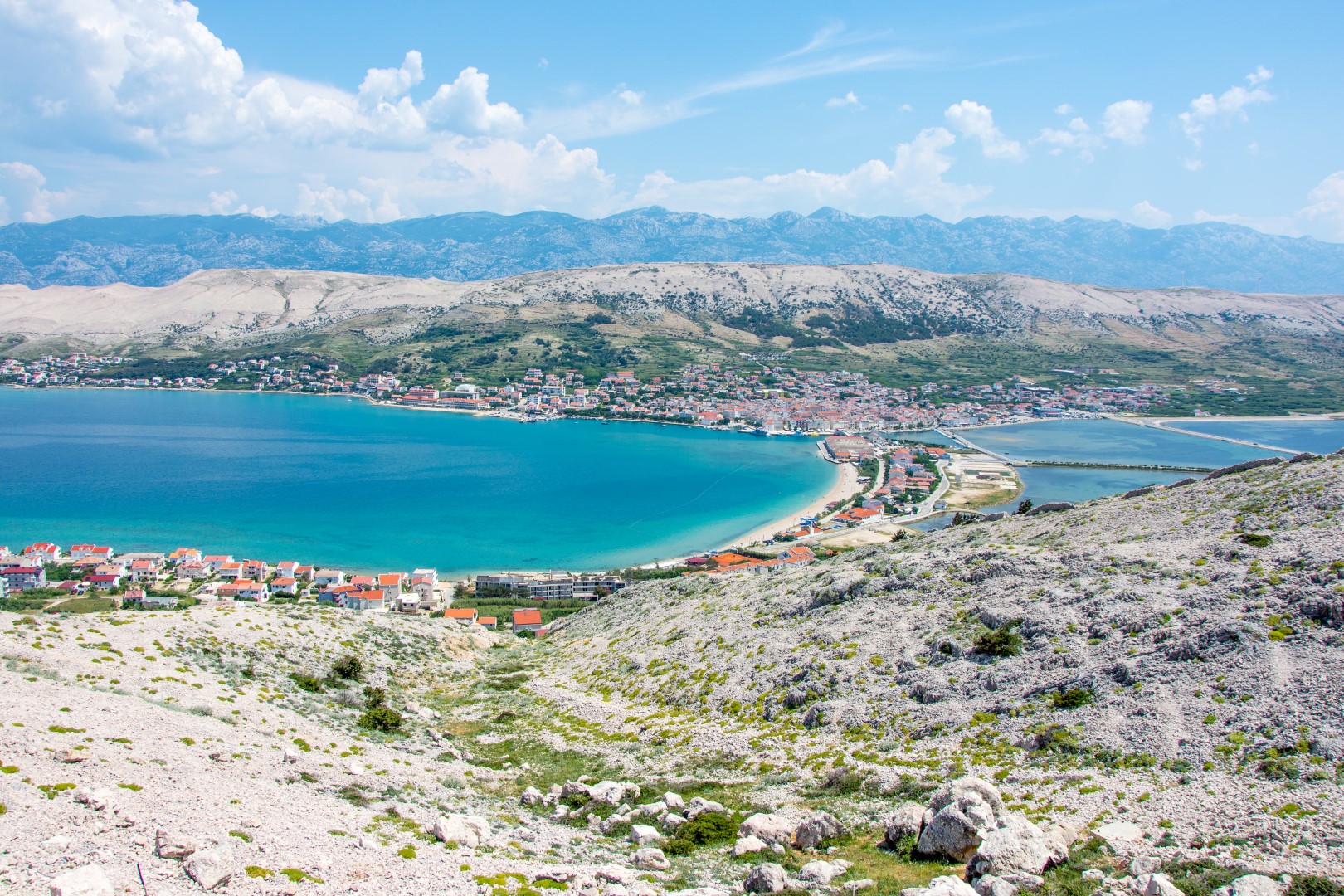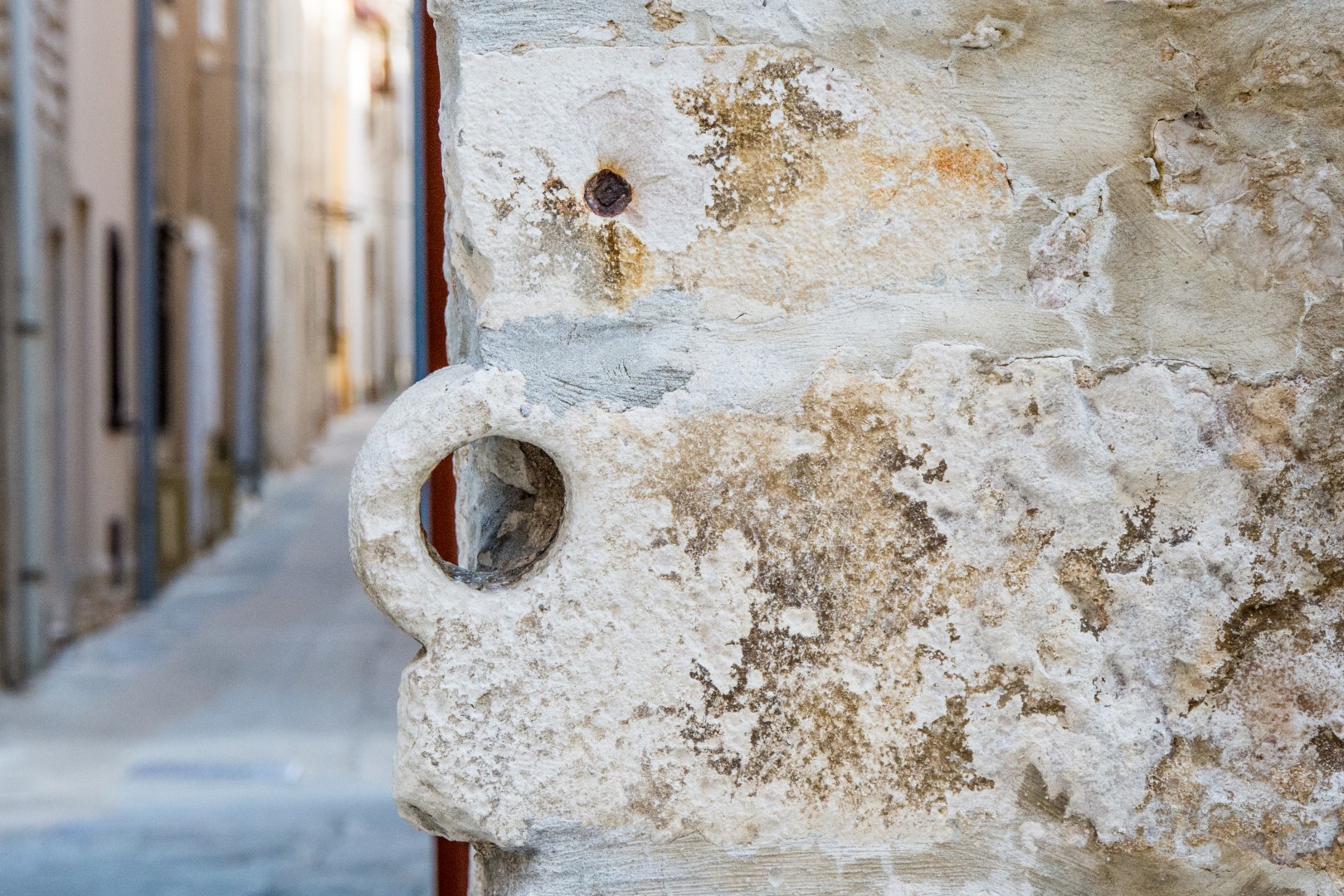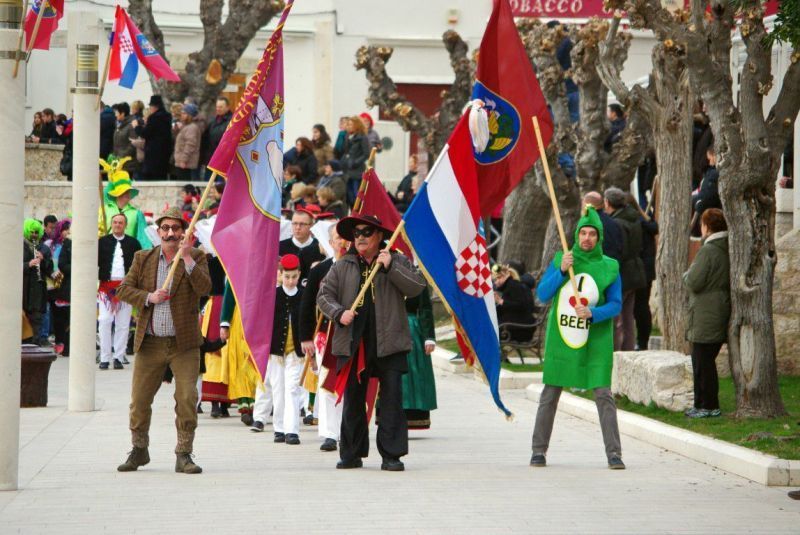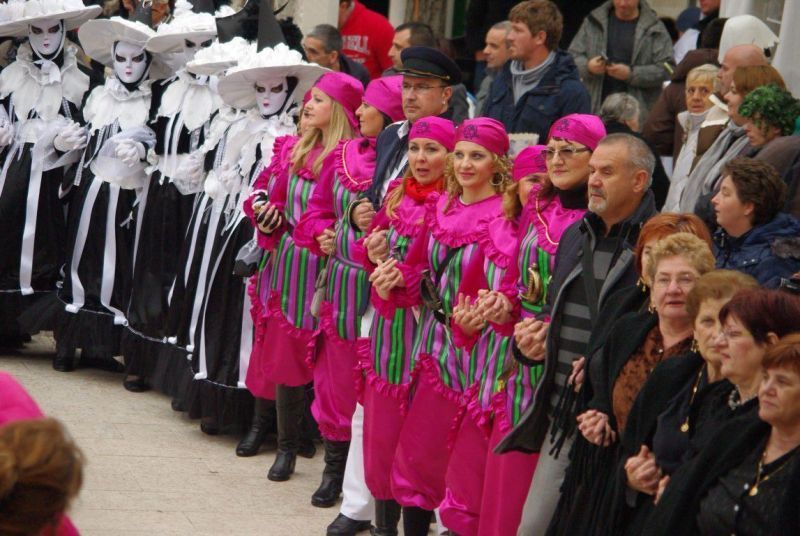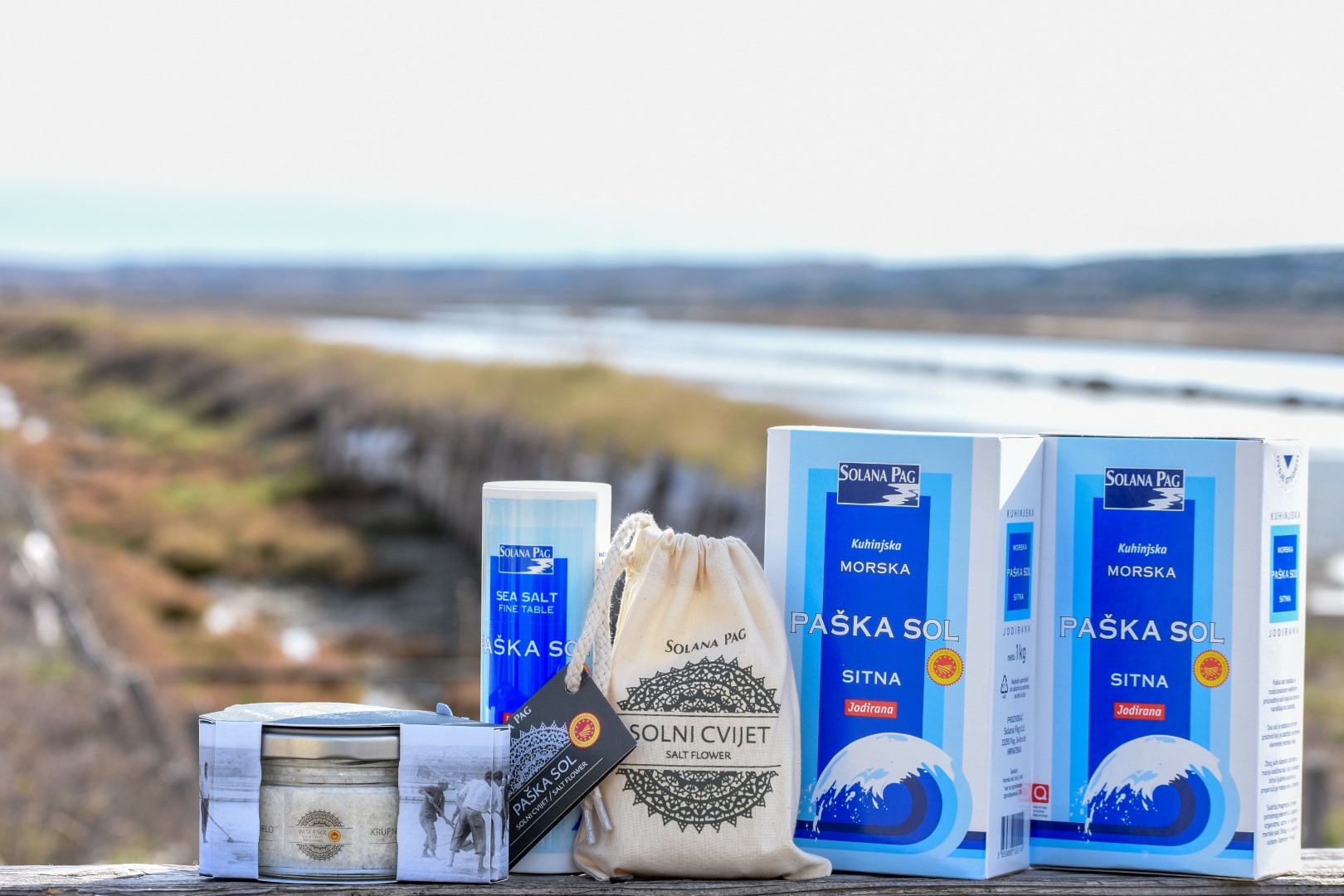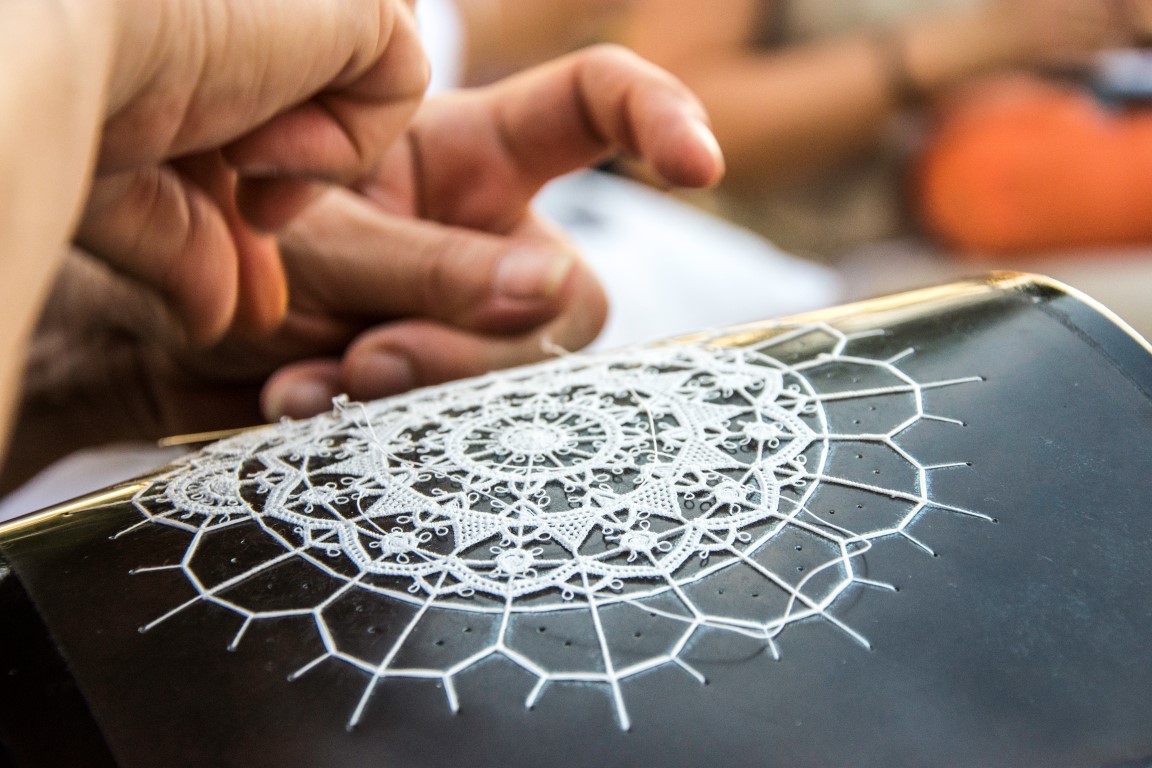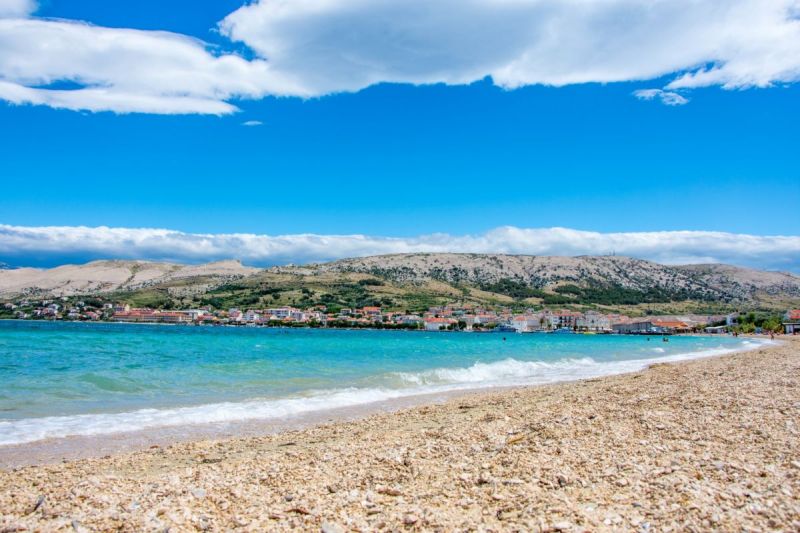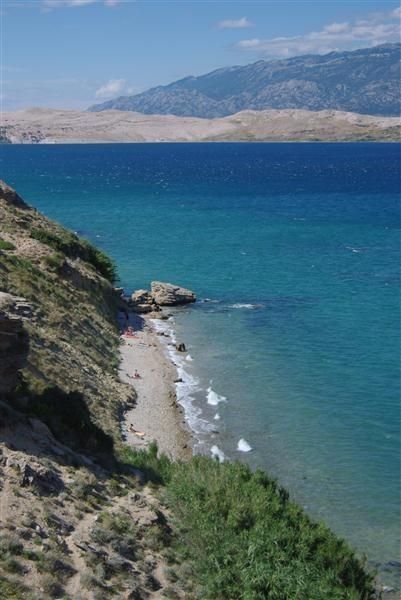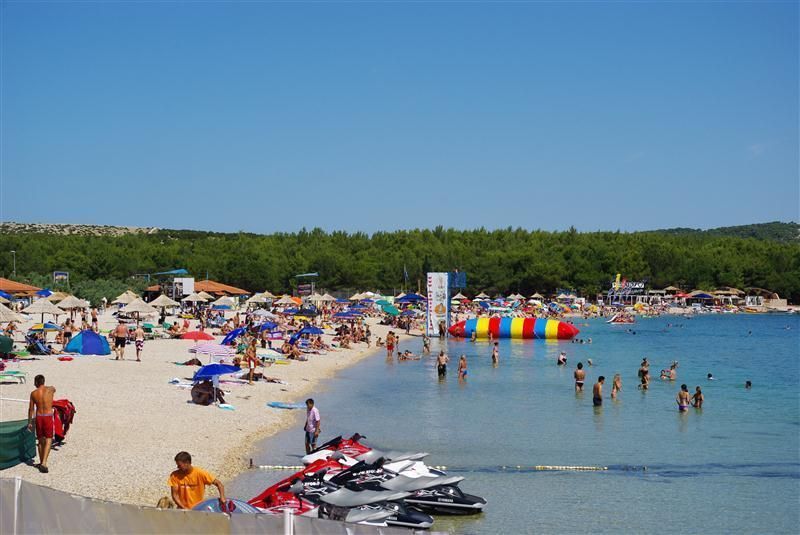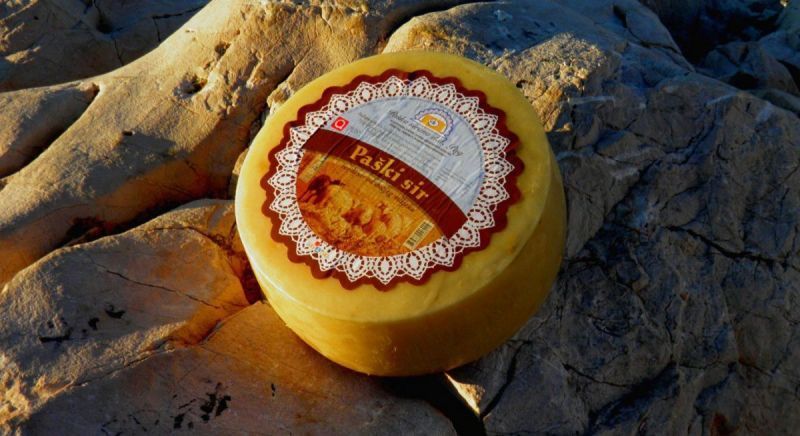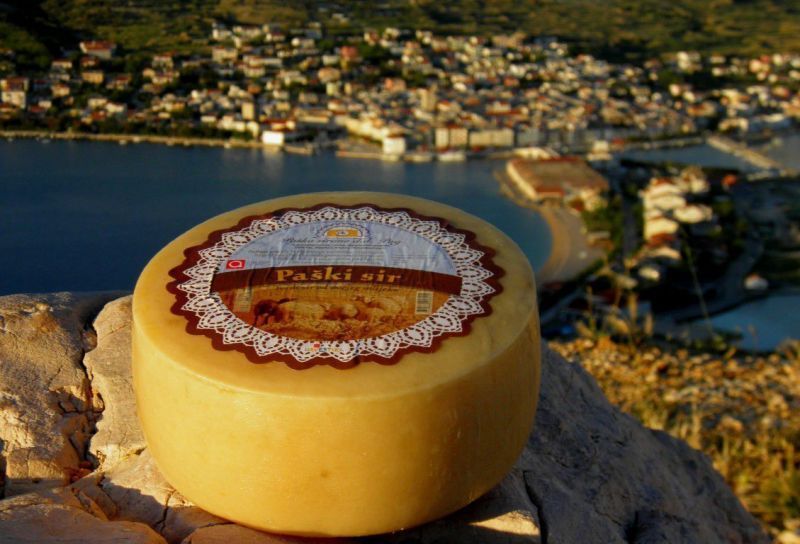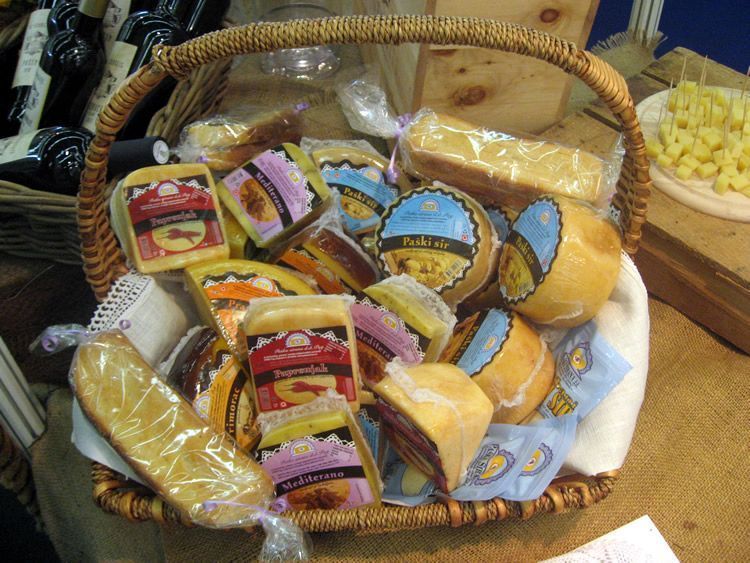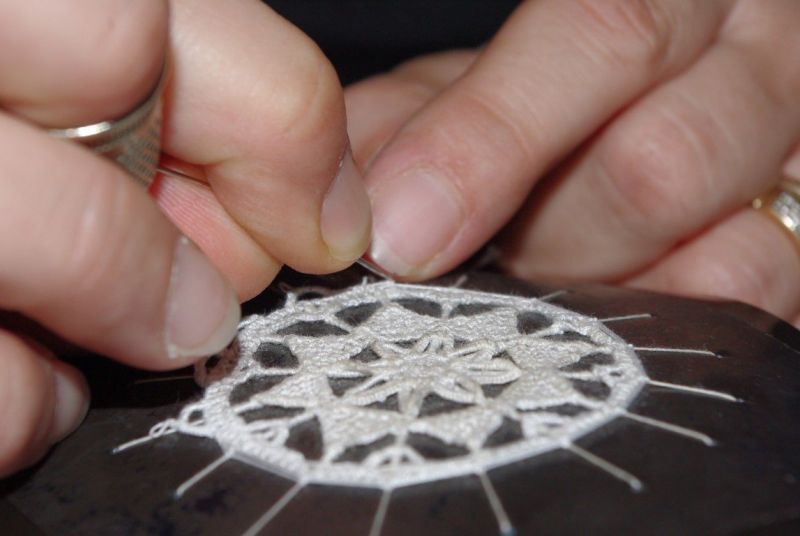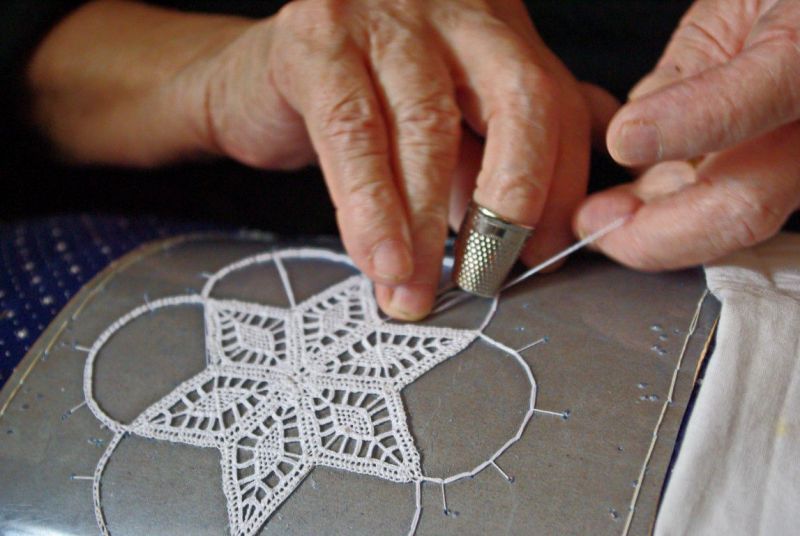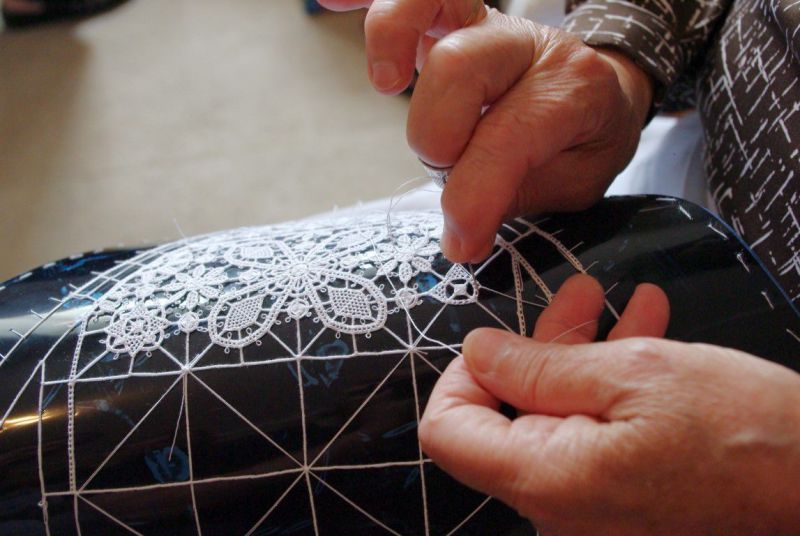The island of Pag Croatia
The island of Pag is one of the largest Adriatic islands: with 285 km2, it is the fifth largest, and with 270 km of indented coastline, it is the island with the longest coastline in the Adriatic, full of bays, coves, capes and beaches. Pag is unique in its vegetation habitat, where there are almost no trees. Pag is the largest kingdom of rocks on the Adriatic, intersected by long dry walls, where thin grass, low aromatic herbs, sage and immortelle grow. It is precisely this aromatic herb that is the basis of the diet of the Pag sheep and it gives a special taste to the famous Pag cheese.
The town of Pag, Dalmatian jewel
Pag, a town on the island of the same name, a tourist, cultural and administrative centre of the island, dates from the 15th century, the work of the Renaissance builder Juraj Dalmatinac, and is one of the few well-preserved medieval towns.
Valuable cultural monuments are: parish church of St. Mary on the main square, the Skrivant Tower, the ancient walls and Duke's Palace. The Benedictine Monastery, in addition to numerous valuable church relics and paintings, preserves the tradition of making 'baškotin', an aromatic double-baked cake that can be purchased at the entrance to the monastery.
A tradition nurtured for centuries
In addition to salt production, the population is engaged in sheep breeding (the famous Pag cheese and lamb), viticulture (Pag yellow wine), agriculture and fishing. The unique value of Pag lace, which is also the distinguishing mark of the island of Pag, should definitely be highlighted. During the Pag Carnival in winter, summer carnival and during the season, a rich cultural, entertainment and artistic program takes place. From the centuries-old tradition, we can single out the "Robinja of Pag" in the style of "sacred displays", folklore, a carnival with a characteristic traditional ‘’kolo’’ dancce accompanied by town brass music, old costumes, old songs and dances on "misnjica" (the carnival is held in the last days of July).
Beaches and hidden Pag coves
The town of Pag is rich in sandy, pebble and stone beaches. The ring of the Pag bay consists of as many as 27 km of beaches. Most of the beaches can be reached by car, except for the beaches located in Paska vrata, which can only be reached by boat. The largest beach, Prosika, is located in the immediate vicinity of the center of Pag. With a large number of bays and coves, Pag is one of the most indented Croatian islands rich in drinking water sources. A large number of springs are located in the immediate vicinity of the beaches and the vast majority of springs are drinkable.
Gastronomy with a taste of salt
Pag cheese - Cheese produced from the milk of sheep that graze on mountain pastures that are abundant with aromatic plants that are exposed to salt due to frequent stormy winds such as Bura. It is precisely because of such sheep grazing that Pag cheese has a specific and recognizable aroma. Along with Pag cheese, Pag curd, better known as "puina", is also produced. Paška Sirana is one of the most famous producers of the original Pag cheese. Pag cheese products are regularly awarded with prestigious awards for the quality and originality of the products. For those eager to explore, in the city of Pag there are a large number of small producers, OPGs, where you can taste and buy Pag cheese produced in the traditional, old-fashioned way.
Pag lace, the white gold of the town
Pag lace - One of the most famous Croatian souvenirs. It is made in the town of Pag on the island of Pag, sewn with a needle and has been preserved in its original form to this day. Pag lace can be purchased from lacemakers who sew in front of their house during the summer months. In the very center of the city of Pag, there is a museum dedicated to Pag lace, and a there is a monument dedicated to Pag lacemakers on one of the town squares. The monastery of St. Margarita in Pag is considered the cradle of Pag lace-making, and they have a rich fund of all sizes and shapes of lace.




